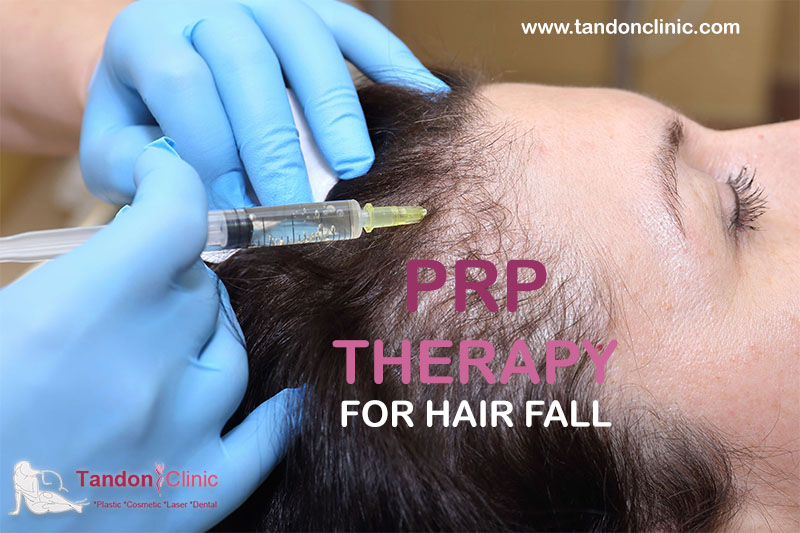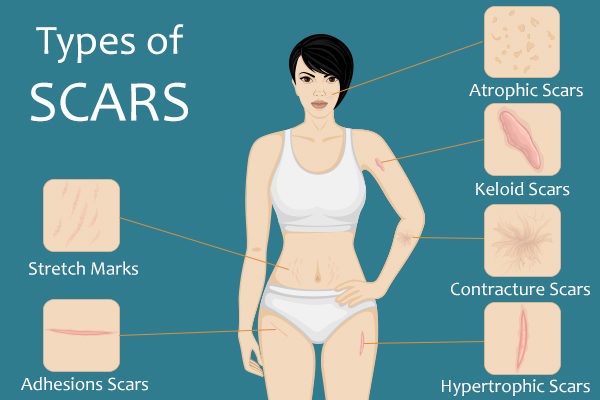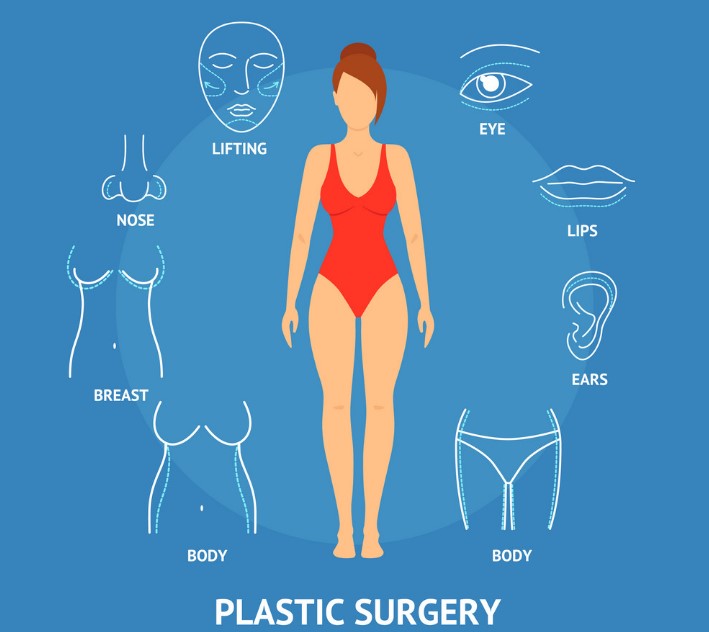Smooth skin mole.
There are several cases where it becomes necessary or desirable to remove moles. Moles can be cosmetically unsightly and also carcinogenic. Stains are removed in two ways: excision and excision with cauterization. Regardless of the reason for removing the mole, the process will be the same. Spots that appear to be cancerous will be sent to a lab for testing after removal.
A raised mole.
Cosmetic issues are commonly seen as reasons to remove blemishes. Some patients are embarrassed by the spots, whether large or small. The spots sometimes grow long, of course, dark hair, which can also cause embarrassment. Patients considering cosmetic mole removal in Pitampura should consider the possibility of scarring. Large blemishes can leave large scars, which can be more or less unsightly than the blemish being removed.
Woman with a wart above her upper lip.
Discomfort is another possible reason to remove blemishes. While not painful, large stains can be irritated by clothing. Even if the suspected cause is irritation, any pain or bleeding from the patches should be reported to a plastic surgeon in Pitampura. The mole will be evaluated for signs of skin cancer and sent to a lab for confirmation once removed.
Most moles are completely harmless, but some can become cancerous. If a wart is asymmetrical, irregular, very large, or if it hurts or bleeds, it could be cancerous or precancerous. All new or suspicious spots should be reported to a healthcare professional. The plastic surgeon in Ashok Vihar will determine whether removal is necessary or whether regular observation is better.

Plastic Surgeons are often called upon to remove blemishes.
General surgeons are trained to remove blemishes, but many patients prefer it to be done by a plastic surgeon in Shalimar Bagh. Whichever provider you choose, make sure he or she has mole removal experience. Complications of mole removal in Shalimar Bagh include reaction to the anesthetic, nerve damage, and scarring. Other potential side effects depend on the location of the mole.
Electric scalpels are used in electrocautery.
To remove blemishes, the plastic surgeon in Punjabi Bagh will first clean the area. A local anesthetic, usually lidocaine, will be used to numb the immediate area. The provider performing the removal will cut the wart on or under the skin. Stitches may be necessary, but not always necessary, especially with cauterization. The removed tissue will be sent to a laboratory for analysis if cancer is suspected.
A large or bumpy mole could be cancerous.
Infection can occur in the surgical wound. If there are symptoms of discharge, severe pain, or fever, a plastic surgeon in Delhi should be consulted. Applying an over-the-counter antibiotic ointment or cream and keeping the wound covered reduces the chances of infection.



